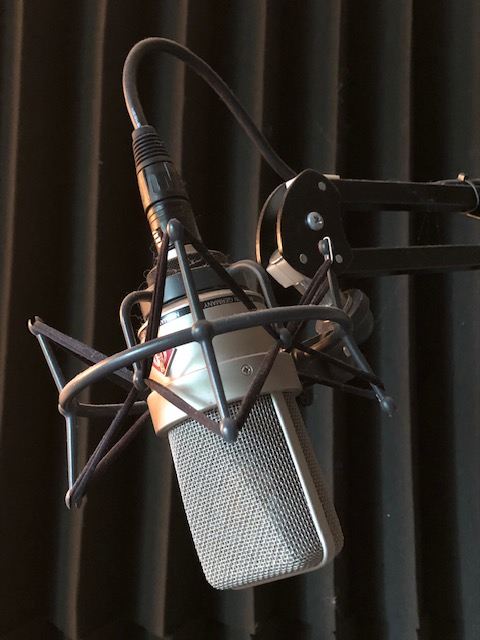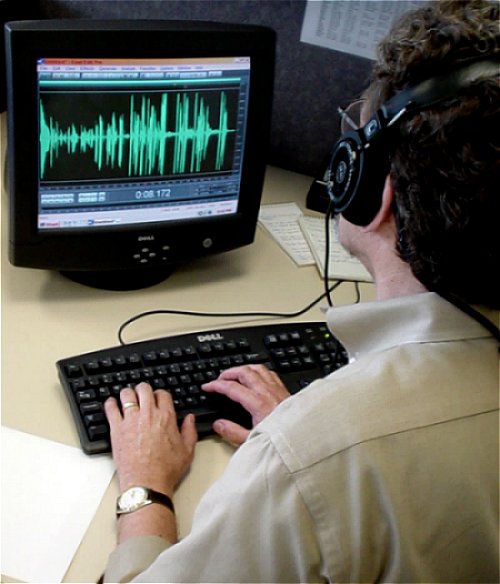Music and News
Today, music and news. The University of Houston's College of Engineering presents this series about the machines that make our civilization run, and the people whose ingenuity created them.
Radio entered our homes not too long before I was born. My mother did a radio program for a local sheet music store during the late 1920s. She played the piano and sang the new songs to interest people in buying the music for themselves. Many of her listeners were still using crystal sets; radio was that primitive. Sheet music and pianos in the parlor were a huge part of domestic life. When radio appeared, its first role was as a complement — an extension — to the family piano.
That complementarity played out within my family in another way. My mother gave her younger brother his start in radio when she brought him onto her program to sing "On the Road to Mandalay."
Later, my uncle told me that his singing had been pretty awful. But the radio station liked his speaking voice. They made him an announcer. He became a leading local newscaster in the years before the big networks. His name was Brooks Henderson and some of my older listeners on station KBEM in Minneapolis will remember Brooks as KSTP's Phillips 66 Reporter.
So music and news were the family trade. My newspaperman fa-ther dwelt upon the morality of responsible news reporting — a lesson that many of today's media forget. But then, the lesson of responsible music can get lost, too. Since I've always had trouble tuning out bad music, I wonder which failing is the worse.
You may feel that lumping biased news with bad music is rather like a bit of doggerel that my father would quote. He would say,
Your grammar's bad.
Besides, you lie.
The two are worthy mates.
In any case, the struggle to keep standards is always with us.
A third presence on early radio was theater. And, unless you count opera, theater has almost completely left us. The vaudeville shows of Jack Benny and Fred Allen, along with the drama of I Love a Mystery and The Mercury Theatre, are the one part of radio that's been taken away by television. But they're the only part.
The music and the news remain. Up in Minneapolis, KBEM preserves music in another of its forms. It is straight-ahead jazz, which we now find woven throughout twentieth-century composition.

I spend time talking with friends here at my home station of KUHF. I haggle with the music people over how they strike the terribly delicate balance between familiar classics and difficult classics. I also find myself testing the lengths to which the news people will go to keep personal beliefs off the air. To this day, I wonder who my friends at the station vote for.
Nothing is quite as exhilarating as this ongoing — this often conflicting — struggle that we're all involved in. We work to up-hold standards at the same time we work to keep the public engaged. In engineering we call that a problem in multi-objective optimization. Here, in public radio, I suppose we have a more direct term for it. We call it, simply, music and news.
I'm John Lienhard, at the University of Houston, where we're interested in the way inventive minds work.
(Theme music)
(You may, by the way, download many of the entire Mercury Theatre broadcasts here: http://www.unknown.nu/mercury/)

... as I hack
This rumpus of shapes
For you to know ...
I build my bellowing ark
To the best of my love
As the flood begins,
– Dylan Thomas' prologue to his readers.